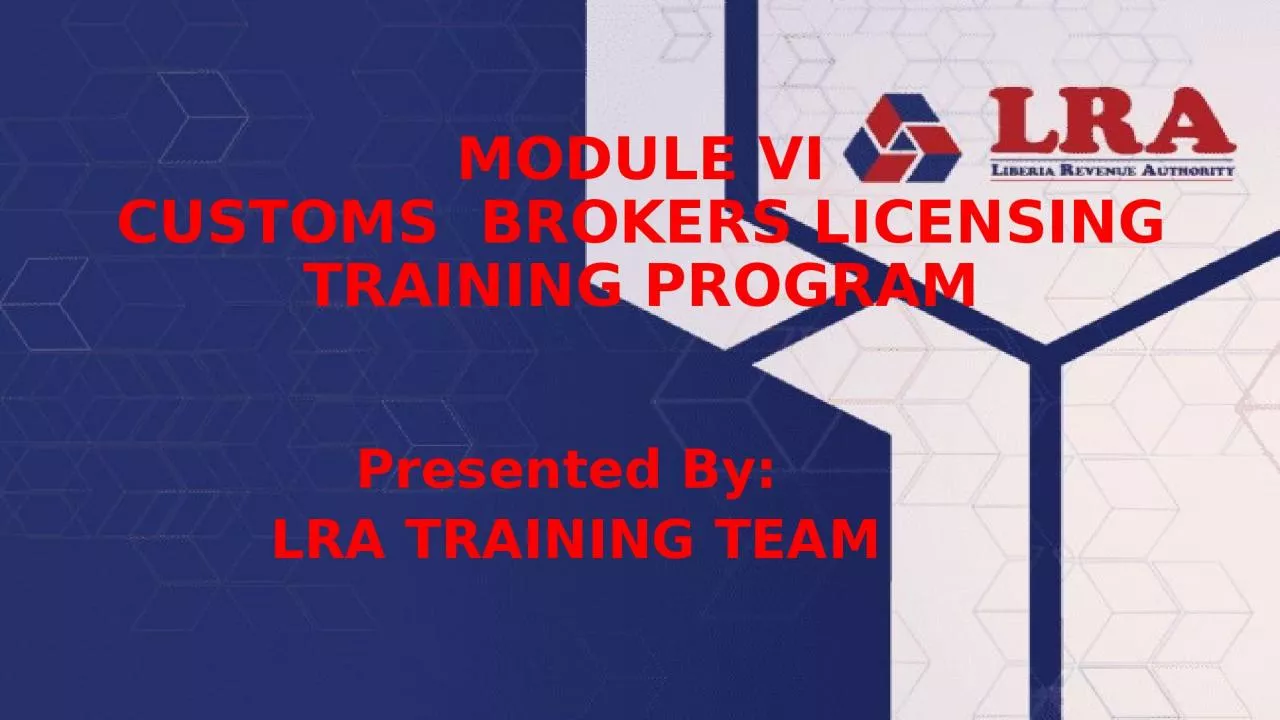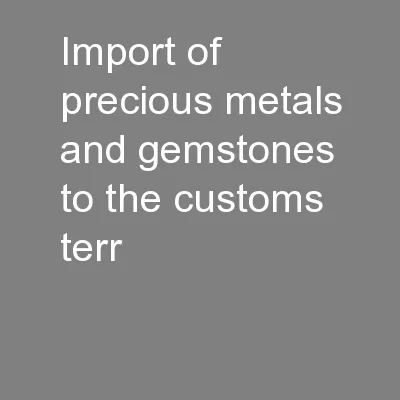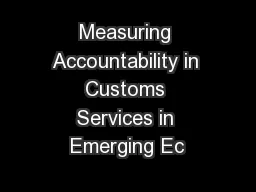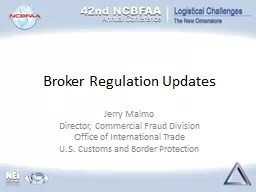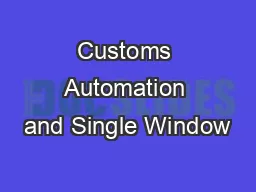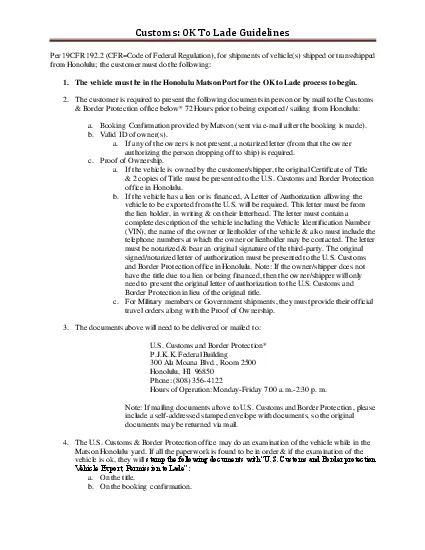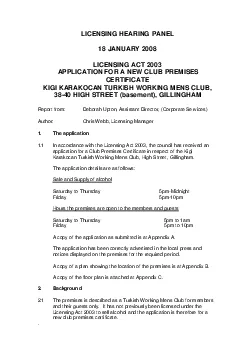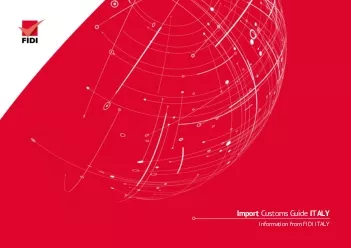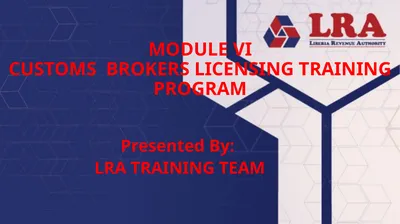PPT-MODULE VI CUSTOMS BROKERS LICENSING TRAINING PROGRAM
Author : queenie | Published Date : 2023-07-18
Presented By LRA TRAINING TEAM MUDULE VI HS CLASSIFICATION INTRODUCTION The participants in this course are entreated to do their utmost best to enhance their knowledge
Presentation Embed Code
Download Presentation
Download Presentation The PPT/PDF document "MODULE VI CUSTOMS BROKERS LICENSING TRA..." is the property of its rightful owner. Permission is granted to download and print the materials on this website for personal, non-commercial use only, and to display it on your personal computer provided you do not modify the materials and that you retain all copyright notices contained in the materials. By downloading content from our website, you accept the terms of this agreement.
MODULE VI CUSTOMS BROKERS LICENSING TRAINING PROGRAM: Transcript
Download Rules Of Document
"MODULE VI CUSTOMS BROKERS LICENSING TRAINING PROGRAM"The content belongs to its owner. You may download and print it for personal use, without modification, and keep all copyright notices. By downloading, you agree to these terms.
Related Documents

